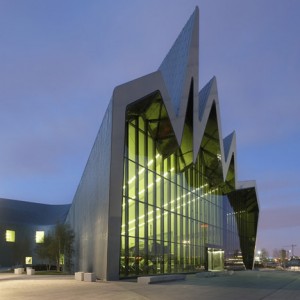Fortunately, a variety of engineered timbers, including CLT do. Why is this important? Because very soon we will have to start thinking very hard about just how much concrete we use in construction
Not that we can forget about running out of oil. But perhaps we should start worrying more about
running out of sand. That is the message of an alarming article in New Scientist
recently.
The problem, it seems, is that while sand appears to be plentiful, there are many different kinds of sand. And most of the sand is not suitable for the purposes where we use a lot of it. After dredging sand for land reclamation, guess what is the most common end-use? It only takes a moment’s thought, and we realise that it is concrete."Modern life depends on sand, yet our supplies are dangerously low."
Apart from the idea that you might actually run out of suitable sand, there are also increasingly serious environmental and social impacts associated with sand mining."Between 60 and 75 per cent of the sand we mine goes to sate our hunger for concrete. It is tough, easy to work with and fairly cheap, which is why we use twice as much of it as all other building materials combined: about 30 billion tons per year. That is enough to build a wall 27m tall by 27m wide around the equator."
To cut a long story short, we need to think about building in different ways, to cut down our addiction to concrete.
This reduction in the use of concrete in buildings is even more urgent when you consider the likelihood that we will probably need to reserve mass concrete for the heavy engineering in climate change mitigation, and for major civil works such as dams and road/rail infrastructure.
We have already built buildings where cross laminated timber has substituted for concrete slabs and walls. It has all kinds of advantages, ranging from extremely high tolerances in prefabrication, to much more flexibility and resilience for ad hoc modification.What is not to like?










